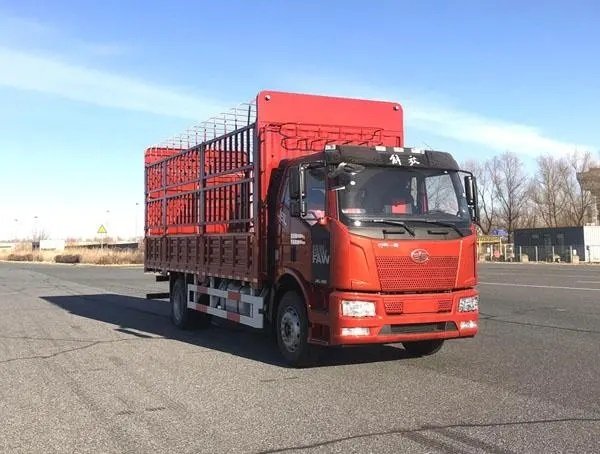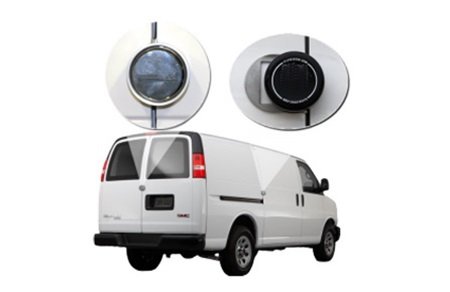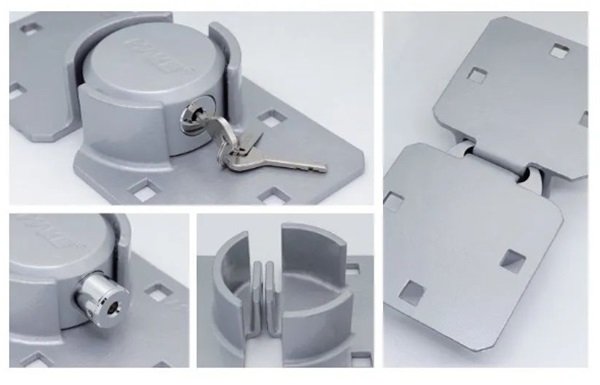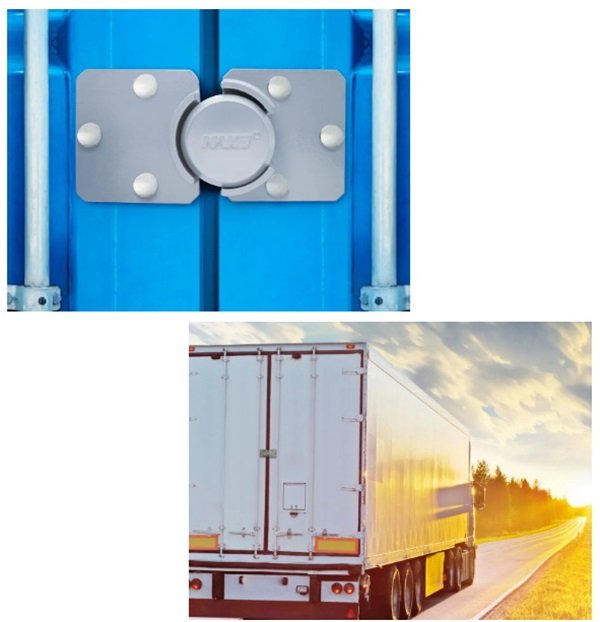A van refers to an independent closed structure carriage, or an integrally closed structure carriage integrated with the cab. It is a commercial vehicle mainly used for carrying goods.
The van has the advantages of flexible mobility, convenient operation, efficient work, large transportation volume, and making full use of space, safety, and reliability. It can be transported not only on various intercity roads but also in urban area.
Vans are common, but we know very little about them. Now, let’s take a look at the “little secret” of vans.
The Application and Classification of Vans:
According to the different body structures, the van is mainly divided into two categories: container van and integrated van.
Container van: with an independent closed structure carriage, a container van is widely suitable for transporting all kinds of goods. It also applies to the transportation of major factories, supermarkets, and individuals.
Integrated van: the structure of the cargo part is a closed box body and is integrated with the cab. The body structure is a van truck. Integrated vans are mainly used for small cars carrying goods and mostly used for individual transportation.
Classification diagram of the truck
The Main Box Type of the Van:
According to the common type, the van mainly includes the rear door type, left and right door type, fully closed type, semi-closed type, compartment type, and other box types.

Rear door open van: the carriage door is located at the rear side

Left and right door open van: the carriage doors are located on the side

Fully enclosed van: the walls and top of the carriage are fully enclosed, which are mostly used for goods that need to transport refrigeration or insulated goods

Semi-enclosed van: the four walls of the carriage are fully enclosed design, and the top is a movable canopy or cover plate

Warehouse gate type van: the four walls and the top adopt the complete canopy activity design, and it can be ventilated all around
The Standard for Delivery Van:
According to the relevant regulations, the current general standard for vans is QC / T453-2019. The standard stipulates the technical requirements, test methods, inspection rules, signs, transportation, and storage of vans, which is applicable to the vans and van trains with finalized automobile chassis restructuring.
Van Parameters:
1. The carriage volume calculation formula is as follows:
2. The following tables are mainly the tonnage vans and container vans commonly used in Hong Kong and Macao:
(Including the introduction of vehicle model, carriage size, load, and volume)
| Vehicle(Motorcycle Type) | Carriage Specifications(Length×Width×Height) | Volume of Loading(m³) | Vehicle Load(KG/T/) |
| 3T | 4.5mX2mX2m | 13CBM | 1800KG |
| 5T | 5.8mX2mX2m | 20CBM | 3200KG |
| 8T | 6.5mX2.2mX2.2m | 28CBM | 6500KG |
| 10T | 7.2mX2.3mX2.5m | 35CBM | 7400KG |
| 12T | 8mX2.4mX2.5m | 42CBM | 11000KG |
| 20’GP | 5.9mX2.4mX2.5m | 31CBM | 20T |
| 40’GP | 12mX2.4mX2.6m | 58CBM | 22T |
| 40’HQ | 12mX2.4mX2.7m | 68CBM | 22T |
| 45’HQ | 13.5mX2.4mX2.7m | 75CBM | 29T |
| 20’OT | 5.9mX2.3mX2.3m | 31CBM | 20T |
| 40’OT | 12mX2.33mX2.2m | 65CBM | 30T |
| 20’PC | 5.9mX2.2mX2.2m | 23CBM | 28T |
| 40’PC | 12mX2.2mX2m | 50CBM | 36T |
Common Use Pain Points for Using Van Locks:
In the process of transportation, the safety of the van compartment is very important. Among them, the lock used in the van can be said to be “indispensable”. Op it stuit, although there are various types of van locks, they are easy to encounter the following pain points during use:
1. The lock is not firm: due to the long-term transportation on the highway, once the lock used by the van is not strong enough, it is easy to cause the lock to open or fall off in the process of transportation problems. Not only endanger the safety of the vehicle, and even can cause car accidents.
2. Poor anti-theft, anti-skid, and anti-damage ability of locks: the van interior generally contains bulk or valuable items, once the use of the lock anti-theft, anti-pry and anti-damage ability is poor, it is easy to get locks pried and goods stolen, and bring serious property losses to drivers and businesses. Especially in the sparsely populated place, the lock of anti-theft, pry and damage ability requirements are higher.
3. Unstable lock structure: vans often face long-distance transportation, during which the vehicles often vibrate due to the complex road conditions. Dêrom, if the internal structure of the commonly used lock is easy to dislocate and displacement, it is easy to cause the use of failure, which will bring inevitable trouble to open the car.
MAKE MK618 heavy-duty van padlocks are designed for vans. It can help solve the problem of being stolen or damaged during transportation, and the hitch caused by the instability of the lock structure so that the shippers and drivers can rest easy.

Hard Material and Strong Anti-damage Performance:
The MK618 is a heavy-duty van padlock. The use of high-strength carbon steel material makes the MK618’s anti-damage performance better. Zinc-nickel alloy surface treatment is suitable for harsh outdoor conditions.
High-Security Lock System
MK618 is equipped with a high-security lock system, through the unique design of the blade Angle, with more than 10,000 key combinations. At the same time, with the use of the lock core blade Angle to switch the lock principle and the long lock bolt design, the anti-theft ability has been greatly improved.
Unsprung Structure and High Degree of Stability
The lock core of MK618 adopts an unsprung structure, and the stable stacked lock core structure is designed for use with strong turbulence during van transportation.
With “customer satisfaction” as our aim, from the perspective of users to solve pain points, providing customers with professional solutions and personalized customization, is the competitiveness of MAKE as a professional lock manufacturer. MAKE heavy-duty van padlock, to solve the van safety and transportation issues for you.